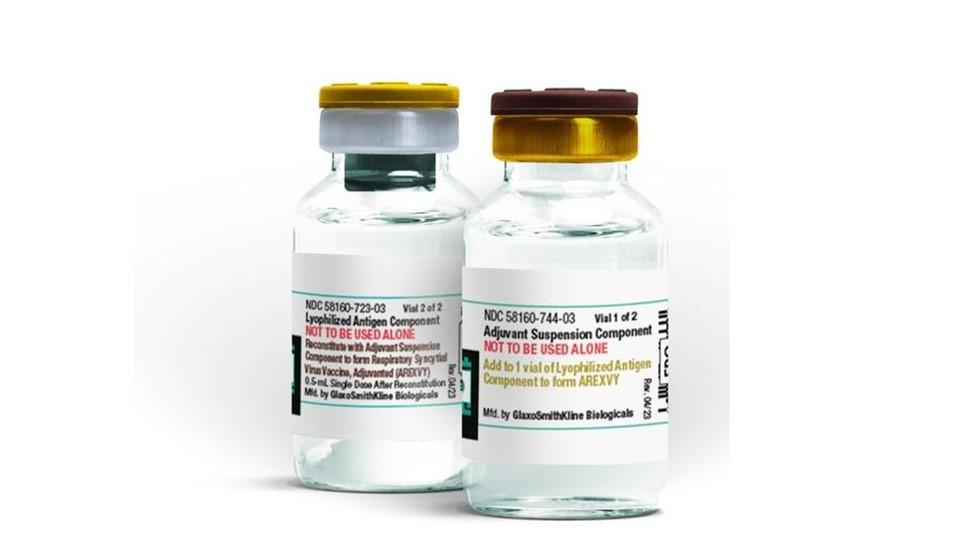What Are IDEAs Made Of: Market access

Mike Rea
IDEA Pharma
Oddly, pharma is the only industry that seems to feel the need to give 'making sure our customers can buy our products' a special name. Elsewhere, it goes by the name 'marketing', which either reveals a limited imagination on their part, or a kind of 'd'uh' obviousness to the 'problem.'
As in so many other areas, pharma creates its own problems by applying the tried-and-tested solution of 'leaving it too late.' Trying to persuade payers or reimbursement authorities of the 'worth' of your product when you forgot to evaluate it in time, and did your homework on the bus on the way to the meeting will only ever have one outcome. Bolting on a self-serving cost-offset model to a product that has done an undifferentiated placebo-controlled phase III is like those old ads that claim life, love and happiness from the purchase of a new washing powder.
So much 'market access strategy' is cart-before-horse thinking: 'with what we have, what is the best story we can think of?' rather than 'let's develop a product whose worth is self-evident.' It is like the old joke about the farmer on a country road who, when asked for directions, says 'you can't get there from here' - so often, the PROs, the subpopulation analyses, the diagnostics, the 'perfect patient' assessment, were not part of the original evidence collection.
"Bolting on a self-serving cost-offset model to a product that has done an undifferentiated placebo-controlled phase III is like those old ads that claim life, love and happiness from the purchase of a new washing powder."
The stinger is that almost nothing in this piece is unpredictable. The gatekeepers/ barriers/ hurdles to you being able to market your drug in 2015 are robustly predictable now: if you can't prove your drug is worth the money you are likely to want for it, if you can't honestly say that you could run a successful mock-NICE review before your pIII starts, then market access will be a problem. NICE is not the only barrier, or even the most important one, but it is a symbolic one - they will do their own 'worth' evaluation, compare it to yours and then dismiss yours. And that process is being replicated everywhere in 2015. Which piece of that future is unpredictable? (Hint: it is already happening, which often makes prediction easier…)
If you are planning to take a product with high numbers-needed-to-treat, with high cost per QALY, or without a ruling-in diagnostic, to market, all the lobbying and patient group support in the world will not make access easier. 'You want how much?!' Remembering that this is one of a tiny number of industries where the buyer takes all of the financial risk of the product not doing what it says it does (because of responder rates, the buyer still pays for all the drug that doesn't work, as well as the drug that does), this is a market that is starting to bite back.
The mantra applies here: the worth of your drug, the idea of your drug, is what you study in phase III. Trying to figure out a value story from an underway phase III is like trying to renegotiate the value of the cargo on a ship that is already coming into port.
About the author:
Mike Rea is a Principal with IDEA Pharma, who enjoys taking a look outside the industry to learn how it can think differently. For direct enquiries he can be contacted on mike.rea@ideapharma.com and for more information on IDEA Pharma please see http://www.ideapharma.com/what/default.htm.
The next WAIMO piece will be in a couple of weeks.
Are you thinking about market access before phase III?











